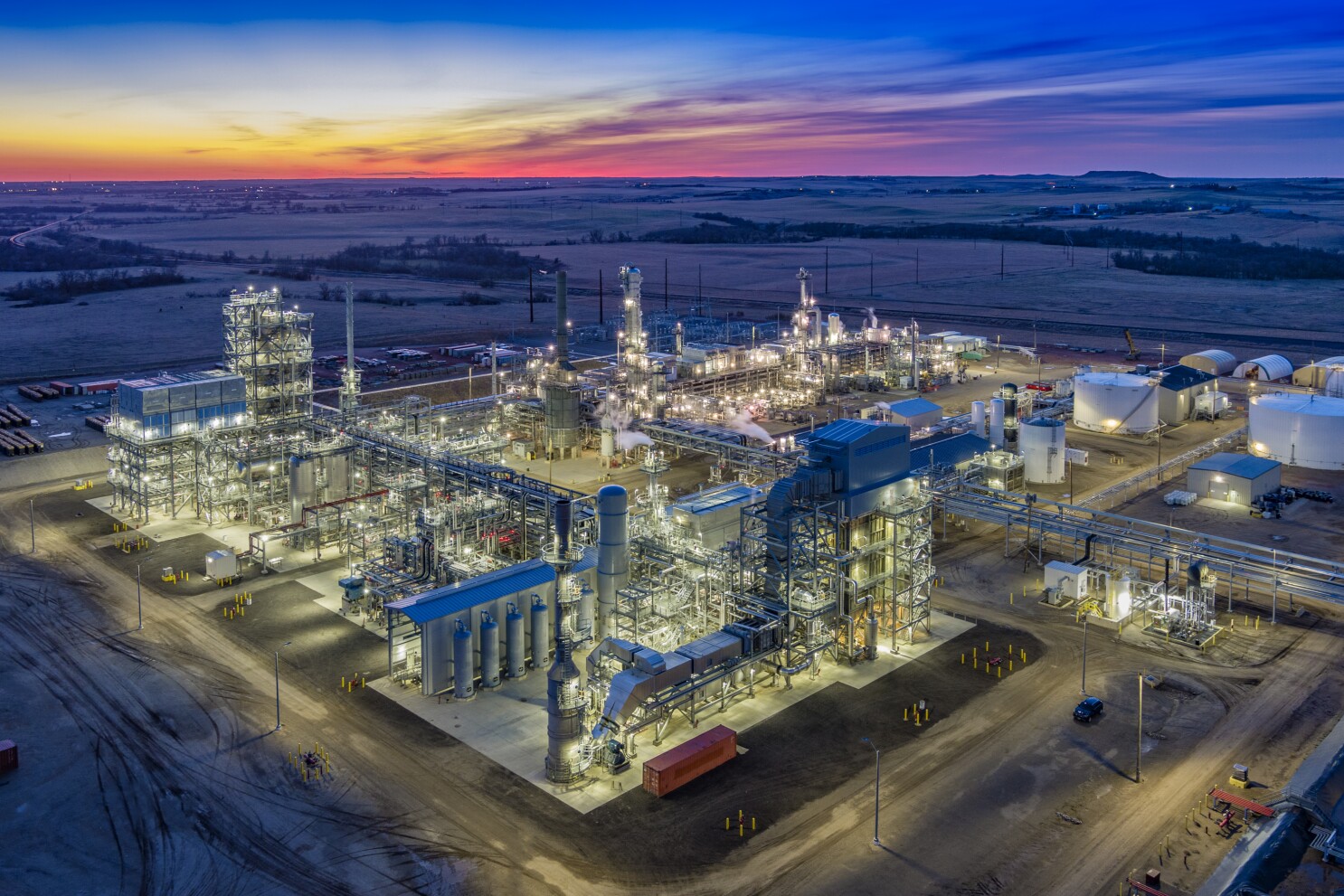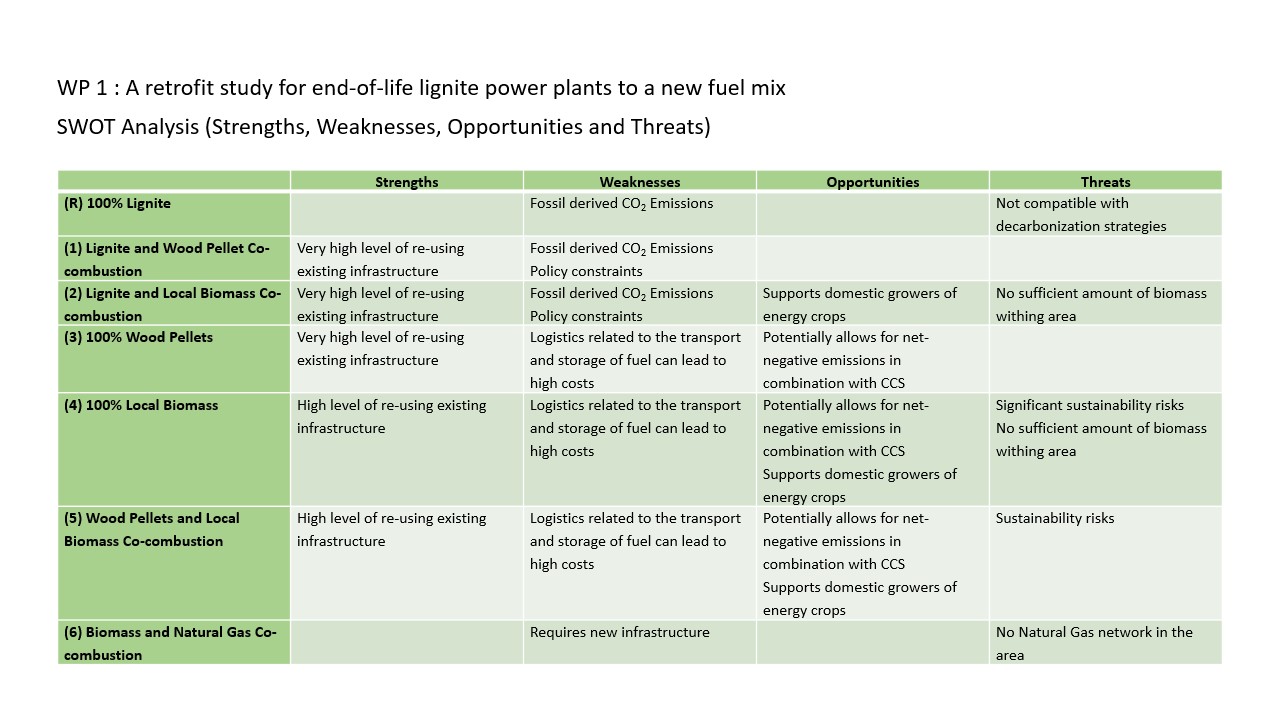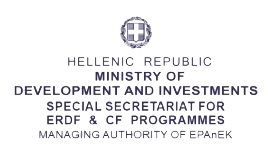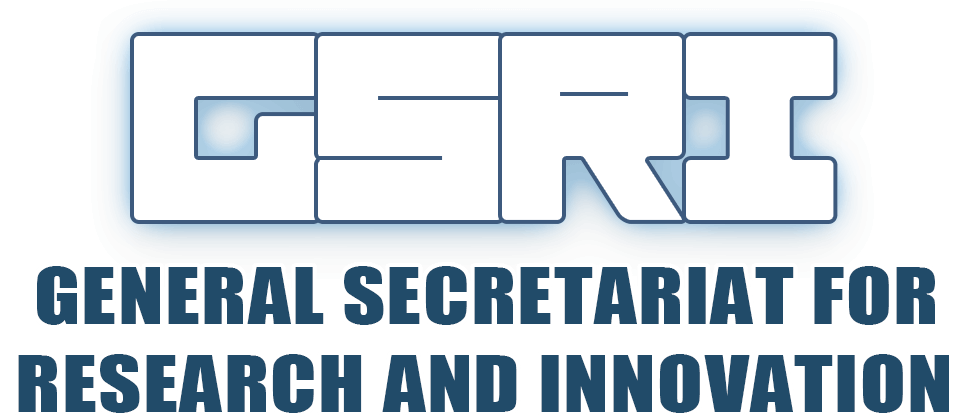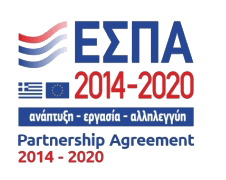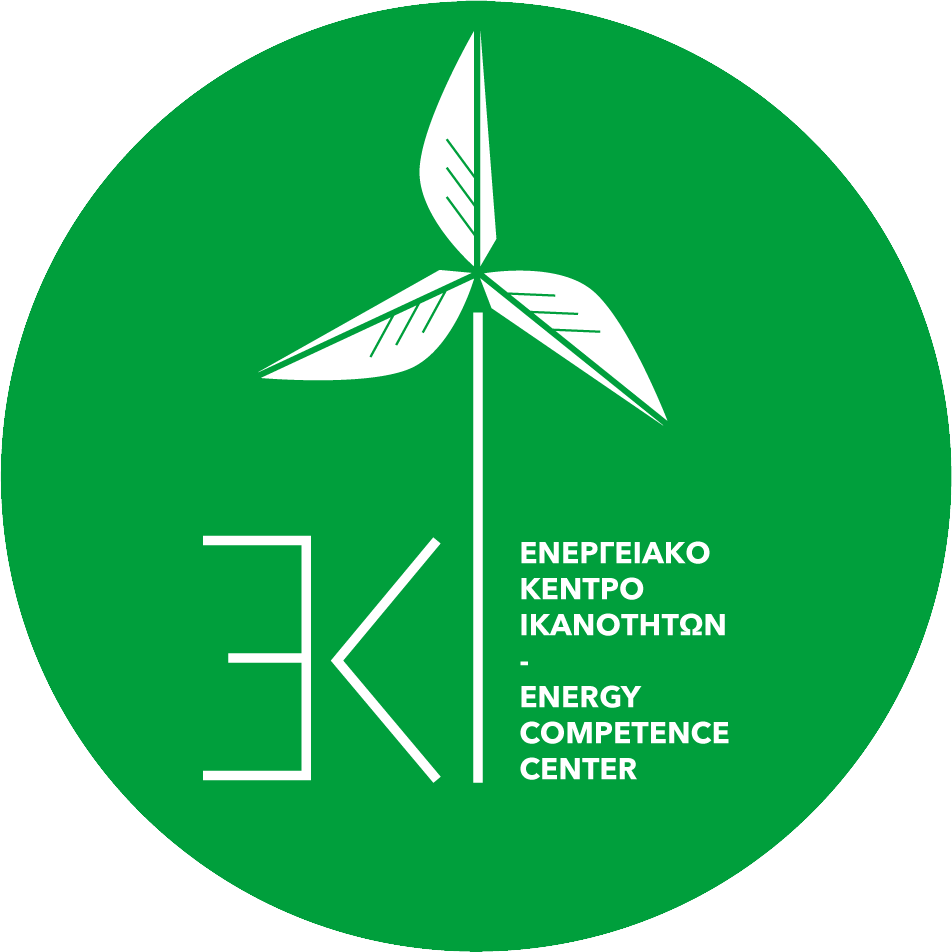Work Units
Driving Progress, Work Unit by Work Unit: Achieving Results and Advancing Together
01.
A retrofit study for end-of-life lignite power plants to a new fuel mix
Revamping Aging Lignite Power Plants: Exploring Fuel Mix Retrofit Strategies
Task 1.1 Installation of a Gas Turbine in a Lignite Power Plant
By integrating a gas turbine alongside the existing infrastructure, the plant gains the ability to utilize a more diversified fuel mix, combining the energy density of lignite with the cleaner combustion of natural gas.
This synergistic approach not only increases overall power generation capacity but also reduces greenhouse gas emissions and other pollutants.
The gas turbine’s flexibility to respond rapidly to fluctuating energy demands further contributes to grid stability.
This innovative upgrade aligns the power plant with modern energy trends, paving the way for a more sustainable and adaptable energy future.
Task 1.2 Conversion of a Lignite Power Plant into a Biomass Combustion Plant
This ambitious transition involves intricate planning to explore multiple scenarios integrating mixed fuels such as wood pellets, local biomass, and even lignite.
By examining combinations like lignite as part of the fuel mix or a complete switch to 100% wood pellets or biomass, the project aims to determine the most efficient and environmentally friendly approach.
This strategic endeavor addresses both energy generation needs and ecological concerns, demonstrating the power plant’s adaptability in embracing renewable resources.
The diversified fuel strategy underscores the commitment to reducing carbon emissions and fostering a greener energy future.
| Reference Scenario | 100% lignite combustion |
|---|---|
| Scenario 1 | Lignite and wood pellets co-combustion (to reach 550 grCO2/kWhe) |
| Scenario 2 | Lignite and wood pellets co-combustion (to reach 550 grCO2/kWhe) |
| Scenario 3 | 0% lignite, 100% wood pellets combustion |
| Scenario 4 | 0% lignite, 100% local biomass combustion |
| Scenario 5 | Wood pellets and local biomass co-combustion |
| Scenario 6 | Biomass and Synthetic Natural Gas co-combustion |
Substituting Lignite with Biomass: Scenarios for W. Macedonia Region
Task 1.3 Conversion of a Lignite Power Plant into
a Hydrogen/Synthetic Natural Gas (SNG) Combustion Plant
This ambitious transformation involves repurposing the existing infrastructure to accommodate the combustion of hydrogen and SNG, to clean and versatile fuels.
By embracing these innovative fuel sources, the power plant can significantly reduce its carbon footprint and contribute to a greener energy landscape.
Additionally, the project will explore scenarios of combining biomass with SNG in the fuel mixture, further enhancing its eco-friendliness.
This transition not only aligns with the global push for decarbonization but also underscores the power plant’s adaptability in fostering a cleaner, more resilient energy future.
Work Unit Deliverables:
- A retrofit study for end-of-life lignite power plants to a new fuel mix
02.
Power-to-fuel integration in retrofitted
and closed lignite fired power plants
Revitalizing Lignite Energy: Synergistic Integration of Power-to-Fuel Conversion
Task 2.1 Conversion of closed lignite power plants
into alternative fuel production unit
This innovative approach involves utilizing excess renewable energy, often during periods of high generation, to produce synthetic fuels such as hydrogen or synthetic natural gas.
By repurposing these retired or modified facilities, we not only extend their operational relevance but also pave the way for large-scale energy storage and carbon dioxide reduction.
This subtlety encapsulates the essence of merging conventional power generation infrastructure with cutting-edge power-to-fuel processes, forging a path toward greener and more efficient energy landscapes.
Task 2.2 Study of Reutilizing Equipment and Connections
of the Lignite Plant in Alternative Fuel Production Units
This approach seeks to repurpose existing infrastructure for the production and management of alternative fuels, encompassing, but not limited to, hydrogen, biofuels, and synthetic fuels.
Through a comprehensive analysis of the facilities and equipment, both technical and economic aspects of transforming the plant towards alternative fuel production are examined.
The outcomes of this study are expected to provide valuable insights for decision-making regarding the transition to more sustainable energy solutions in the realm of fuel production, contributing to the advancement of the energy transition.
Work Unit Deliverables:
- Power-to-fuel integration in retrofitted and closed lignite fired power plants
03.
Assessment of Εconomic Environmental and Social Impact
Exploring Impacts
TASK 3.1 Techno-Economic Analysis
This assessment examines the synergy between technological advancements and economic viability, aiming to ensure the practicality and sustainability of the initiatives.
By scrutinizing factors such as capital investment, operational costs, energy efficiency, and potential revenue streams, this analysis provides a holistic view of the projects’ financial implications.
Additionally, it examines how technological innovations influence market dynamics and competitive positioning.
Through this detailed evaluation, decision-makers gain crucial insights into the projects’ potential return on investment, long-term financial stability, and alignment with broader economic objectives.
This Techno-Economic Analysis serves as a pivotal tool in guiding strategic decisions, fostering innovation, and ensuring the successful implementation of projects that effectively balance technological advancement and economic soundness.
Task 3.2 Life Cycle Analysis and Environmental Impacts
LCA is a comprehensive methodology that examines the entire life cycle of a product, system, or process, considering stages from raw material extraction to disposal.
By analyzing resource consumption, emissions, and energy use at each stage, LCA provides a holistic view of environmental burdens and hotspots.
The assessment of Environmental Impacts identifies potential effects on air, water, soil, and biodiversity.
It quantifies pollutants, greenhouse gases, and waste outputs, aiding in understanding ecological consequences and guiding strategies for minimizing environmental footprints.
Both the production and, in a secondary stage , the distribution of produced fuels involve emissions of pollutants, a fact that makes AQZ of paramount importance.
LCA and Environmental Impact assessment inform responsible decision-making, enabling the development of sustainable solutions that mitigate environmental harm and contribute to a more resilient and ecologically balanced future.
TASK 3.3 Employment Impacts and Social Analysis of the Transition to the Post-Lignite Era
This evaluation delves into the potential effects on the labor market, local communities, and broader society as the energy landscape evolves.
By assessing employment shifts, potential job creation, and skill requirements in emerging sectors, the analysis identifies opportunities and challenges tied to this transition.
Furthermore, it considers the social fabric, community well-being, and potential changes in livelihoods.
By capturing both positive and negative implications, this assessment aids policymakers in formulating targeted interventions, ensuring a just transition, and promoting sustainable economic and social outcomes.
The Employment Impacts and Social Analysis not only facilitates an inclusive shift away from lignite-based energy but also underscores the importance of addressing the human dimensions of energy transition.
Work Unit Deliverables:
- Cost Analysis of the transition to the post-lignite era
- Life Cycle Analysis and Social Impact of the transition to the post-lignite era
04.
Project management, coordination and dissemination
Efficient Execution, Seamless Collaboration, and Wide-reaching Communication
TASK 4.1 Project Management
Coordination fosters synergy among team members and stakeholders, synchronizing efforts for a cohesive workflow.
It prevents conflicts, maintains clear communication, and enhances overall productivity.
Equally crucial is dissemination, which brings project outcomes to the forefront.
By sharing insights, results, and knowledge, dissemination ensures that the project’s impact extends beyond its immediate scope.
Effective dissemination targets the right audience through tailored communication strategies, amplifying the project’s significance and potential for application in other contexts.
Task 4.2 MetaLignite workshop
This workshop will serve as a platform to showcase the project’s innovative findings, methodologies, and achievements.
Bringing together experts, stakeholders, and industry professionals, the workshop aims to foster knowledge exchange, discussions, and collaborative opportunities.
Through interactive sessions and presentations, the MetaLignite Workshop will further amplify the project’s impact by disseminating insights that have the potential to shape future advancements in the field.
Work Unit Deliverables:
- Dissemination plan and project Website
- MetaLignite workshop
Ready to learn more about METALIGNITE project?
Delve into the core components of our project for a comprehensive overview of its key aspects,
progress, and outcomes

Study Structure

Work Units

Deliverables



